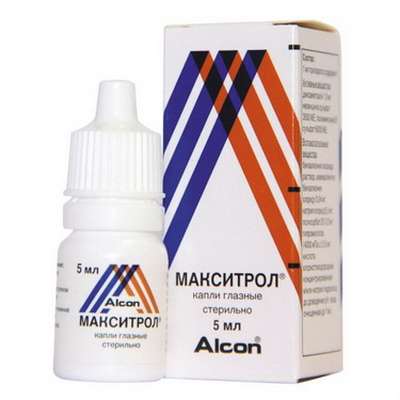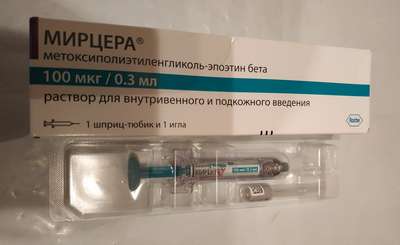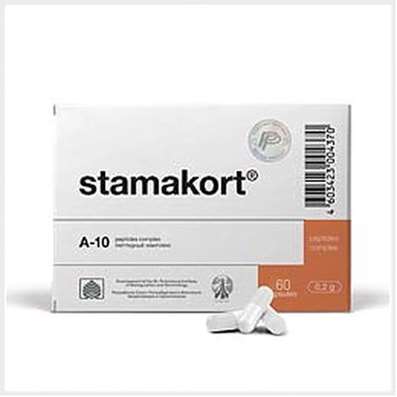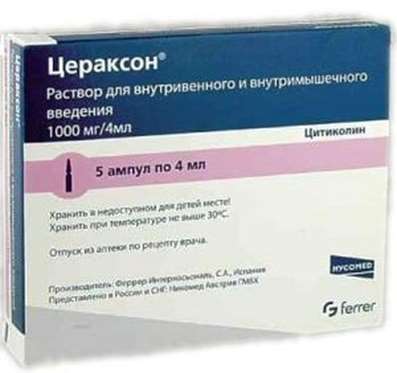Instruction for use: Betadrin
I want this, give me price
Active substance: Diphenhydramine + Naphazoline
ATX Code S01GX Antiallergic drugs other
Pharmacotherapeutic group:
Alpha-adrenoceptor agonists in combination
H1-antihistamines in combination
Ophthalmic agents in combination
The nosological classification (ICD-10)
H10.1 Acute atopic conjunctivitis
Allergic conjunctivitis, Allergic eye disease, Allergic conjunctivitis, Allergic conjunctivitis is caused by chemical and physical factors, Allergic rhinoconjunctivitis,Allergic inflammation of the eye, Spring catarrh, Spring keratitis, Spring conjunctivitis, allergic Conjunctivitis, Perennial allergic conjunctivitis,Exacerbation of pollen allergy in the form of Syndrome rinokonyunktivalnogo, Acute allergic keratoconjunctivitis, Acute allergic conjunctivitis,Superficial bacterial eye infections,rhinoconjunctivitis, Seasonal allergic conjunctivitis, Seasonal conjunctivitis, Sennoz, Chronic allergic keratoconjunctivitis, Chronic allergic conjunctivitis
Structure and Composition
Eye drops 1 ml
diphenhydramine hydrochloride 1 mg
nafazolina nitrate 0.33 mg
Excipients: benzalkonium chloride 50%; disodium edetate; boric acid; Water to 1 ml
in 5 ml vials; 1 in a box or vial 2.
The drug forms
Colorless, transparent liquid.
pharmachologic effect
vasoconstrictor, antihistamine.
Betadrin is a combined agent containing in its composition antihistamines - diphenhydramine and alpha adrenomimeticheskoe means - naphazoline.
Diphenhydramine is an antagonist of H1-receptor 1 generation.
By the competitive blockade of the histamine H1-receptor drug inhibits allergic symptoms such as expansion and increased permeability of blood vessels, in particular related to the release of histamine.
Pharmacokinetics
Full local effect nafazoline detected within 5 minutes after topical application of the drug. Its action extends to 8 hours, and the frequent use of a large number - up to 6 hours.
Naphazoline can be absorbed from the mucous membranes, causing general symptoms, although such action in adults after administration into conjunctival sac is unlikely. General reactions occur mainly in the elderly and in young children.
Indications
Acute seasonal or perennial allergic conjunctivitis, conjunctival irritation during use of contact lenses by exposure to sunlight, cigarette smoke, contact with water in the swimming pool and others.
Contraindications
Hypersensitivity to the drug and Adrenomimeticalkie funds, narrow-angle glaucoma.
Pregnancy and breast-feeding
During pregnancy, the drug can be used only in the case if, in the opinion of the physician, the benefit to the mother prevails over potential risk to the fetus.
Side effects
Most of all - time symptoms of the conjunctiva: burning, itching, oftalmalgiya, visual disturbances, conjunctival redness; possible - pupil dilation or increase intraocular pressure. A case of corneal opacities in a patient who burying formulation in the conjunctival sac for seven days, at least 10 times a day. After discontinuation of the drug haze disappeared.
Very rarely - drowsiness, palpitations, high blood pressure, headache, dizziness, nausea.
The appearance of any general reactions or prolonged local irritation require discontinuation of the drug.
Interaction
The use of products containing naphazoline, in patients treated with tricyclic antidepressants may enhance its vasoconstrictor effect. The simultaneous use of naphazoline MAO inhibitors may cause hypertensive crisis.
Dosage and Administration
Kongungualno, adults and children over 2 years old - 1-2 drops, but not more often than every 6-8 hours.
The drug should not be used more than 3-5 days without the consent of the doctor-ophthalmologist.
Overdose
Prolonged or too frequent administration of the drug in young children can lead to central nervous system lockup, hypothermia, coma, prolonged dilation of the pupils. Naphazoline can cause a sudden drop in blood pressure and tachycardia.
There are no data concerning the acute overdose drops, topically administered in the conjunctival sac.
Precautionary measures
The drug is used only for external use - locally in the conjunctival sac.
Do not touch the tip of the dropper, as may contaminate the contents of the container.
Before use, should remove soft contact lenses. They can re-establish after at least 30 minutes after administration. Do not apply in the case of a prolonged drop conjunctivitis, they can be applied for a short time in case of acute exacerbations of chronic disease. Be wary appoint patients with hypertension, heart rhythm disturbances, excessively sensitive to sympathomimetic amines, such as hyperthyroidism, and prostatic hypertrophy, as well as in the elderly. These patients should be informed that in case of any general symptoms indicating the absorption nafazolina, you must stop using the product and contact a physician.
Do not use the drug in infants and children up to 2 years (due to the possible emergence of potentially dangerous unwanted side effects).
Saving the symptoms of irritation or oftalmalgii for more than 72 hours is an indication to remove the drug.
Do not use the drug for more than 5 days or more often than every 3 hours without consulting a doctor because of the risk of secondary gain and edema increase discharge, as well as persistent epithelial changes.
Because of possible disturbances of the drug should not be used immediately before driving and operating machinery.
Storage conditions
In the dark place at a temperature of 15-25 ° C.
Keep out of the reach of children.
The shelf life
3 years.
Do not use beyond the expiration date printed on the package.

 Cart
Cart





